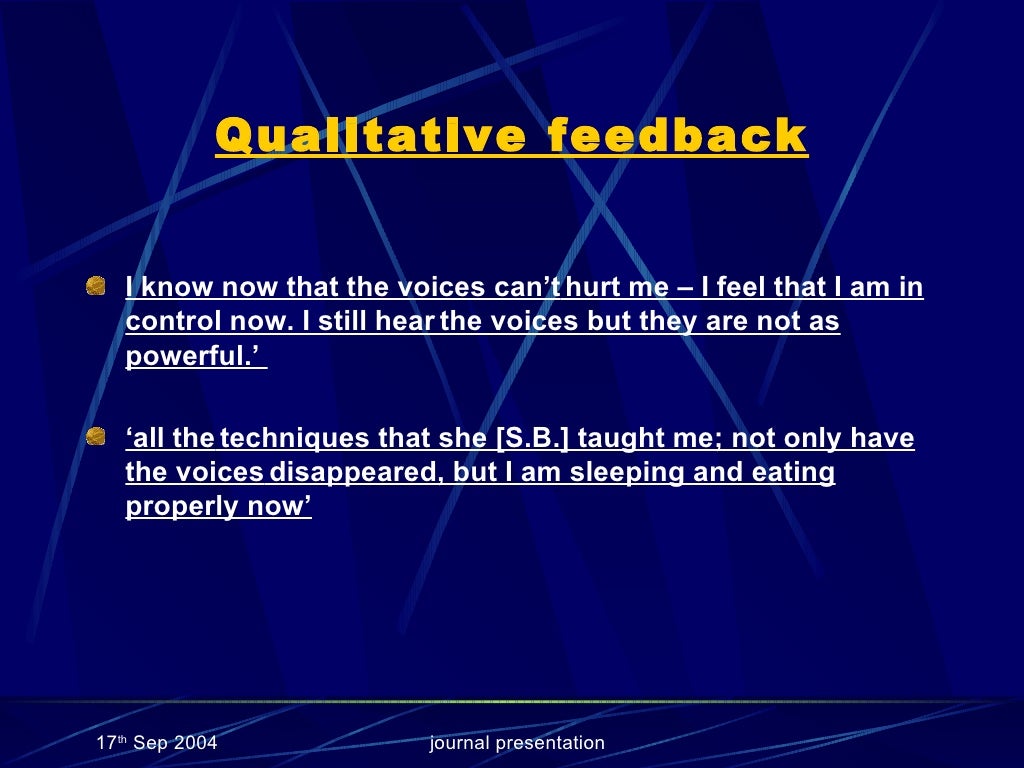

Other types of hallucinations include feelings on the skin, smelling or tasting things that cannot be explained.Complex visual hallucinations may show faces, animals or scenes and may be called ‘visions’. Simple visual hallucinations may include flashes or geometric shapes. Seeing images when there is nothing in the environment to account for it is a visual hallucination.The experience is different for different people. The noise volume varies from very quiet to very loud.

These may be experienced as coming from anywhere in external space or ‘in the mind’. Often, other sounds like music, animal calls and the telephone ringing can be heard. Voices can talk about very personal matters, which can be quite frightening.

Assistance with travel costs to receive medical care.Telehealth – delivering virtual care closer to home.Screening mammography with BreastScreen WA.Understanding food labels for allergies.Testing or cleaning a house for drug contamination.Alcohol-based hand sanitiser – safe use and storage.Fluoride and protecting your teeth from tooth decay.Sexually transmissible infections (STIs).(f) certain symptoms, for which supplementary information is provided, that represent important problems in medical care in their own right.(e) cases in which a more precise diagnosis was not available for any other reason.(d) cases referred elsewhere for investigation or treatment before the diagnosis was made.(c) provisional diagnosis in a patient who failed to return for further investigation or care.(b) signs or symptoms existing at the time of initial encounter that proved to be transient and whose causes could not be determined.(a) cases for which no more specific diagnosis can be made even after all the facts bearing on the case have been investigated.The conditions and signs or symptoms included in categories R00- R94 consist of:.8, are generally provided for other relevant symptoms that cannot be allocated elsewhere in the classification. The Alphabetical Index should be consulted to determine which symptoms and signs are to be allocated here and which to other chapters. Practically all categories in the chapter could be designated 'not otherwise specified', 'unknown etiology' or 'transient'. In general, categories in this chapter include the less well-defined conditions and symptoms that, without the necessary study of the case to establish a final diagnosis, point perhaps equally to two or more diseases or to two or more systems of the body. Signs and symptoms that point rather definitely to a given diagnosis have been assigned to a category in other chapters of the classification.This chapter includes symptoms, signs, abnormal results of clinical or other investigative procedures, and ill-defined conditions regarding which no diagnosis classifiable elsewhere is recorded.


 0 kommentar(er)
0 kommentar(er)
